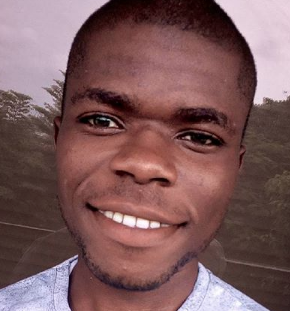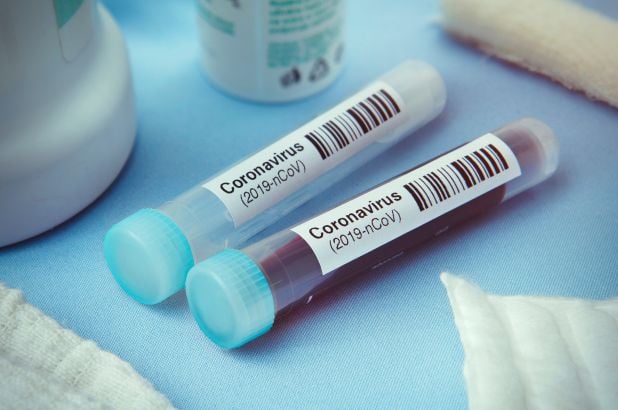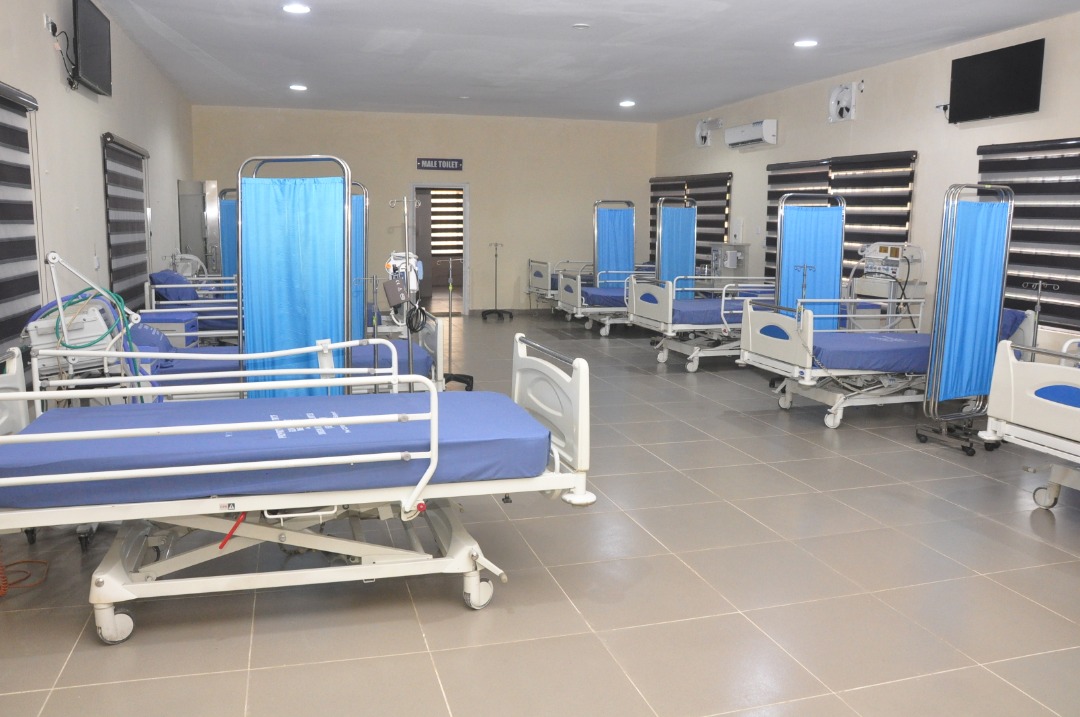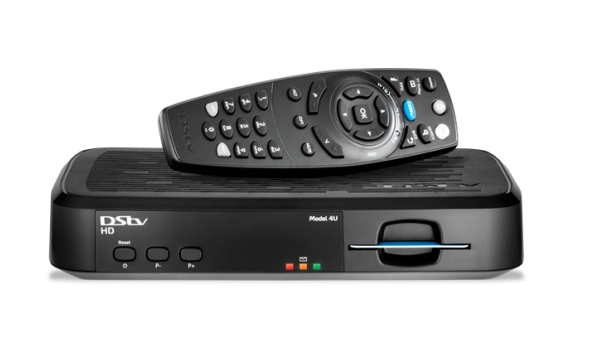During a sermon in late March, Bishop Gerald Glenn of the New Deliverance Evangelistic Church in the United States downplayed the risk of COVID-19 while preaching to dozens of worshippers at the church. Local media quoted the pastor as telling the congregation during the March 22 service that “I firmly believe that God is larger than this dreaded virus (coronavirus)” and that he would keep preaching “unless I’m in jail or the hospital.” Three weeks after, news broke that the pastor has died from complications of COVID-19.
Although his death was heartbreaking for the worshippers at he church, it was also an eye opener for they could have still trusted his words that they stand no risk attending service even if it meant defying social distancing guidelines because, according to the pastor, “God is larger than the virus.”
You may then ask: Why would anyone ignore the directives of the government and health agencies in preference to what their religious leaders say? In reality, research has shown that health risk communication, in this case regarding COVID-19 pandemic, is more effective and trusted when they come from religious leaders than when they are from any other person apart from health workers.
A recent study by the Prevent Epidemics, a health research organisation, found out that religious leaders come second among five groups of persons that are trusted in health risk communication in Nigeria. According to the study, 86 percent of the respondents trust doctors while 65 percent trust religious leaders and 49 percent, community leaders. Only 44 percent and 38 percent of the persons covered trust the presidency and traditional healers respectively, while about 32 percent say they trust political leaders.
Advertisement
That study, which was referenced by Nandita Murukutla, vice-president of Global Policy and Research at Vital Strategies, during a health webinar organised by the Nigeria Health Watch on Friday, gives some insight into why people act the way they do amid the coronavirus pandemic: a taxi driver who does not believe there is coronavirus in Nigeria does so not because he is unbothered about his life or that of his family, but because he probably has his bias against the government and perceives whatever they say about the pandemic as false and with ulterior motives.
According to Murukutla who was one of the speakers during the webinar on ‘Promoting behavioural change that improves public health and social measures through risk communication’, the message being communicated about public health emergencies is as important as the messenger.
In the context of this pandemic, she said, people need to understand the appropriate risks and take the necessary actions to stay safe. The mass media remains the first stop for health risk communication and as a result, must continue to amplify the voices of the “trusted” sources.
Advertisement
For Murukutla, “the media have an extraordinary role to play in communicating risks. People’s behaviour is often correlated to the reporting of risks in the media and not as reported through epidemiological data. So, people are essentially using the definition of risks in the media to tailor their responses.”
She added that while a lot of communities create “very significant burdens and obstacles” in complying with public health guidance, public health responses must be tailored to meet people where they are despite the obstacles. Confidence in government, she also said, is crucial in effective communication of risks relating to public health emergencies because “if people do not believe in the government’s responses and question the government’s role, they will see it as a government-driven agenda and there isn’t in fact a true risk.”
Her thoughts were re-echoed by Moji Makanjuola, veteran journalist and founder of the International Society of Media in Public Health, who harped on the role of the media as a “strategic component to unlocking the potential for beating the pandemic and delivering a 21st century health sector that works for the good of the people.”
According to Makanjuola, “we (journalists) are not scientists nor doctors and we are not pretending to be one, but we have the tools to amplify authentic and responsible information because we are also part of the community.”
Advertisement
Because people are wired differently, most people may never believe Nigeria has recorded even a single case of the coronavirus unless they become patients or come across those who contracted the virus and recovered from it. So, as a way to drive effective risk communication and achieve trust, the Nigeria Centre for Disease Control (NCDC) encourages those who have recovered from the disease to talk about their experience — and this has been effective, according to Chinwe Ochu, acting director of prevention, programmes and knowledge management, who also spoke at the Nigeria Health Watch webinar.
She said in addition to the four Cs of risk communication which she identified the content of the message, the communicator, the context and channel of communication, such testimonies “have made a great difference in our risk communication strategy.”
“So, Nigerians are saying, ‘you are giving us figures because you are scientists; you are showing us charts and maps. You haven’t shown us the people. And, as far as Nigerians are concerned, they want to see pictures and hear people speak to them.”
What does the WHO say about risk communication and behavioural change in health emergencies?
Advertisement
The World Health Organisation (WHO) also weighed in on the need to promote human behavioural change in public health emergencies in this bulletin where it talks about three factors to consider in health communication: The realization that communication interventions do not fall into a social vacuum, expected discrepancies between messages disseminated and received as well as communication being a dynamic process in which sources and receivers of information continuously interchange their roles.
It added in a guideline for emergency risk communication (ERC) that “no matter how well planned or applied, risk communication interventions will fail to enable people at risk to make informed decisions … if they do not trust the information source.”
Advertisement
“Therefore, establishing and maintaining trust is arguably the first and most important step in effective ERC,” the WHO said.
In addition to the citizens trusting the general response to the pandemic, the situation would have been be better managed if governments at all levels make proactive plans to adequately fund epidemic preparedness and not have to wait till public health emergencies hit before struggling to get funding.
Advertisement
Add a comment







